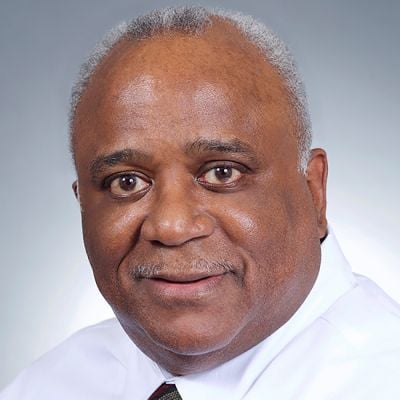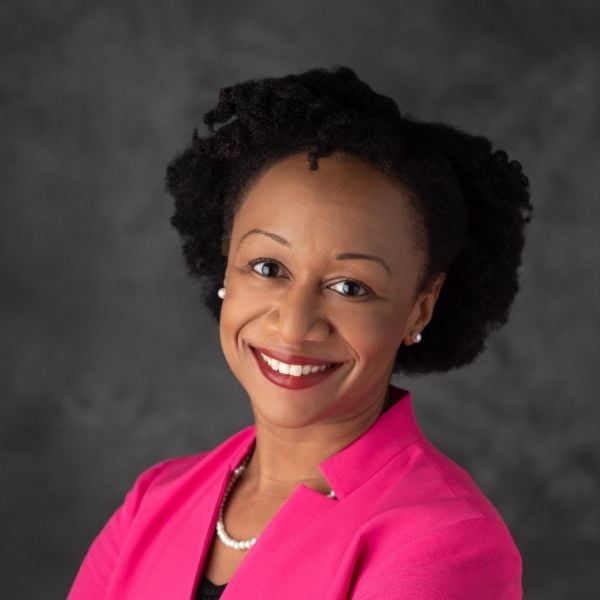
Despite the knowledge that one cannot have good overall health without good oral health, too often in health care, we treat the mouth and the body as distinct parts. If our collective goal is to improve the overall health of our citizens, this paradigm needs to shift.
To state the obvious, sparking change in health care isn’t easy. Reframing whole person health and wellness to include oral health care might be even tougher. I’m committed to making this happen because it means patients will be better equipped to live longer, healthier lives. Delta Dental is driving this change by establishing new rules of engagement around whole person health, supporting research on new methods of health-care delivery, and identifying pathways toward equitable access to care.
We often treat the mouth and body as distinct parts. If our collective goal is to improve overall health, this paradigm needs to shift.
Whole Person Health and Wellness
Any of the aspirational ideas discussed today in health leadership circles, the models or theories of care delivery tested through research, or the strategies piloted or implemented in health practices across the country are geared toward creating a cohesive care experience that removes barriers and provides better outcomes for patients. At its core, that’s what person-centered care is. Oral health—not often included in this conversation—is as important to person-centered care as vaccinations, annual check-ups, and preventive screenings. Most Americans don’t realize that oral health is linked to serious health issues like strokes, high blood pressure, and diabetes. That’s a problem, especially when more than one in four Americans do not have dental coverage that could help prevent these life-threatening conditions.
In addition to understanding the importance of oral health care, advancing whole person health means thinking about a person’s mental health, vision, their families, even the life they’ve built for themselves. That’s really what whole person health and wellness means—oral health is one important piece of a larger puzzle.
Coordinated Care
Part of our work on whole person health includes seeking out compelling models for implementing more coordinated care. Recent research sponsored by the Delta Dental Institute showed that older adults, children, pregnant women, and those in need of chronic disease management can be well-served with medical-dental integration models. In these models, strategies to integrate care are tailored based on the needs of patients and providers, ranging from settings where medical and dental practices are co-located in a shared space, to models where medical and dental providers can collaborate directly with each other and create easy, active referral systems.
This is not just an issue of efficiency or administrative costs. These models improve access to oral health education and screenings, dental and medical referrals, and preventive procedures, which have been shown to prevent oral disease in patients of all ages and reduce cavities in early childhood. Bolstering this evidence base helps us understand how best to build oral care into coordinated care models that put patients at the center.
Using Technology to Create Innovative, Equitable Care Pathways
Technological advancements are also critical to easing coordination that supports whole person health. Often in health care, we think first about the integration and interoperability of electronic health records (EHR). This can help providers better treat patients, especially when managing chronic diseases. EHR interoperability helps providers uncover health patterns across care teams, manage care strategies for patients with complex needs, and more easily close referral loops between practices, which leads to better oral and overall medical outcomes, particularly for vulnerable patients.
There’s also value in supporting technologies like telehealth and teledentistry, which can make routine care more affordable and accessible for patients. We would like to see teledentistry options expand even more for vulnerable patients so that virtual appointments are woven into a seamless care cycle, along with the regular in-person dental exams and cleanings that are central to preventive oral health care.
It's time to think more comprehensively about whole person health. Including oral health care as part of whole person health and wellness reflects the realities of post-pandemic patient care by helping give patients access to all of their care when, how, and where they want it. This won’t be successful without a more inclusive approach—and that must include oral health.





















